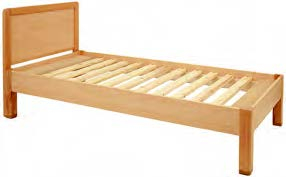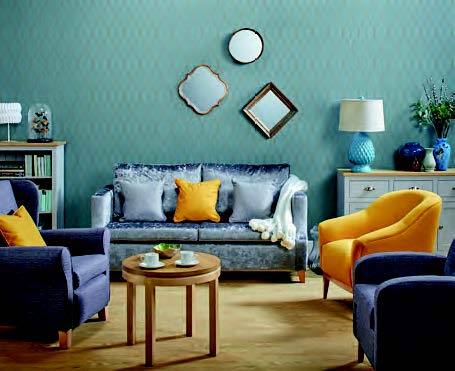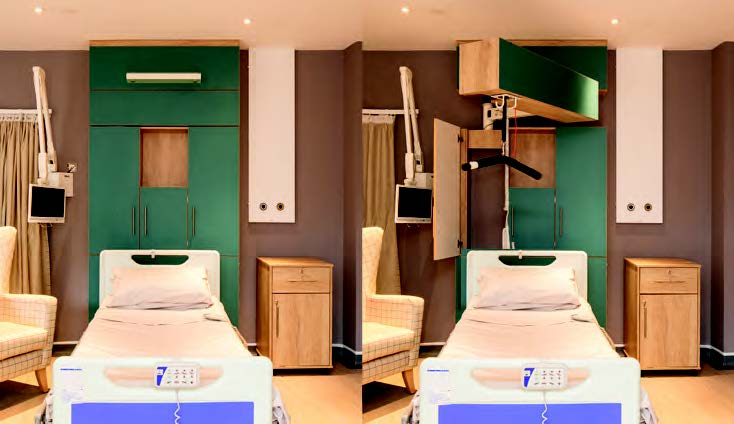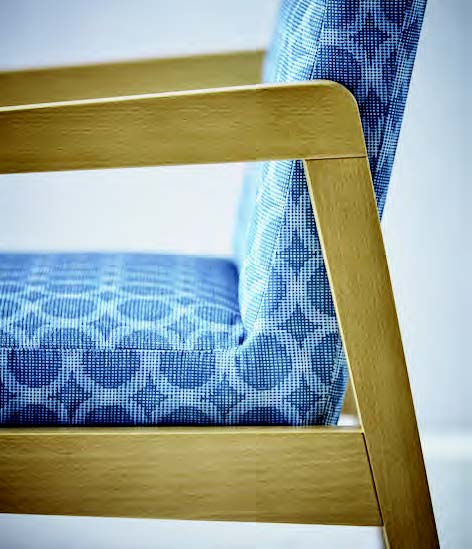Care homes serve a great number of people and are often the first, and maybe last, place in which an elderly person will live after leaving their own home.
As such, the furniture chosen for these environments needs to be functional, homely-looking, and of high quality.
Joe Hulbert of Innova Care Concepts explains: “Items will be used in resident’s rooms and in communal areas, as well as in receptions and any family zones, so they need to be long lasting, comfy and supportive AND suitable for lots of different users.”
A home from home
Sarah Thompson, national sales manager at Shackletons, added: “The care home environment is designed to be a place of recuperation for residents and many are looking for a sense of home. “This requires the same thought and attention that is paid to clinical care settings.
High quality, practical and aesthetic design
Comfort is top priority, then safety. Robustness is critical, as care home furniture endures daily use. Thompson said: “Chairs, for instance, are sat in for long periods of time so they must have the right lumber support and seat heights to suit every resident’s needs.
- Purchasing considerations.
Thompson says, “Purchasers should always place the needs of residents at the forefront of the buying process.
“It is important to look for the quality of the final finish. Attention to detail that should define ultimately where you choose to purchase a particular product. A good manufacturer will genuinely pay attention to the product’s detail, even down to the smallest points like clean lines, polishing without streaks, and no loose threads”.
- A touch of comfort through branding
Hulbert points out that branding is key, introducing specific colour schemes, fabrics and finishes across entire buildings to create a more-homely feel.
“It helps to tie the room together and just give it that extra touch of comfort”.
- Beds
Beds are one of the key items of furniture within a care home environment.
Thompson said: “You should consider whether they are hoist friendly, have height-adjustable features, and what materials they are made of. Beds also need to be waterproof, so PVC-coated upholstery is ideal.
“As one of the most-used items in a care facility, the bed also needs to be comfortable, with a soft memory foam topper, for instance.”
Liz Vesty of Tough Furniture added: “The design of beds depends on the particular needs and behaviours of end users.
“Infection control nowadays assumes much-greater importance than it did, and while this is usually associated with superbugs in acute hospitals, it is also a high priority in care settings because of incontinence.
Products with underbed storage are becoming increasingly popular as space is often at a premium.
“Visual appearance and appeal has also grown hugely in significance. Once upon a time the brief was just to avoid looking institutional, but now the built environment, especially furniture, is considered an essential part of the therapeutic process”.





